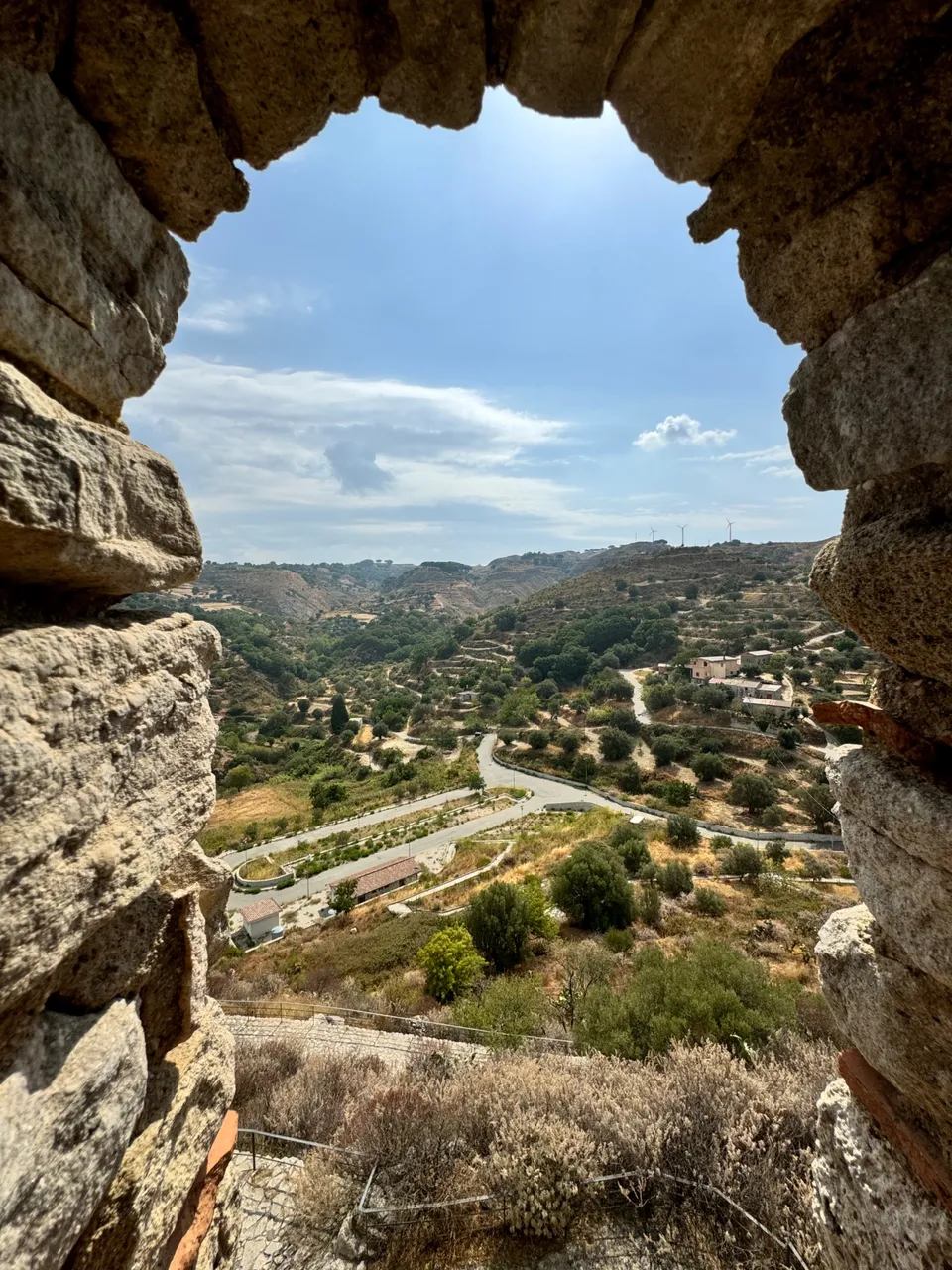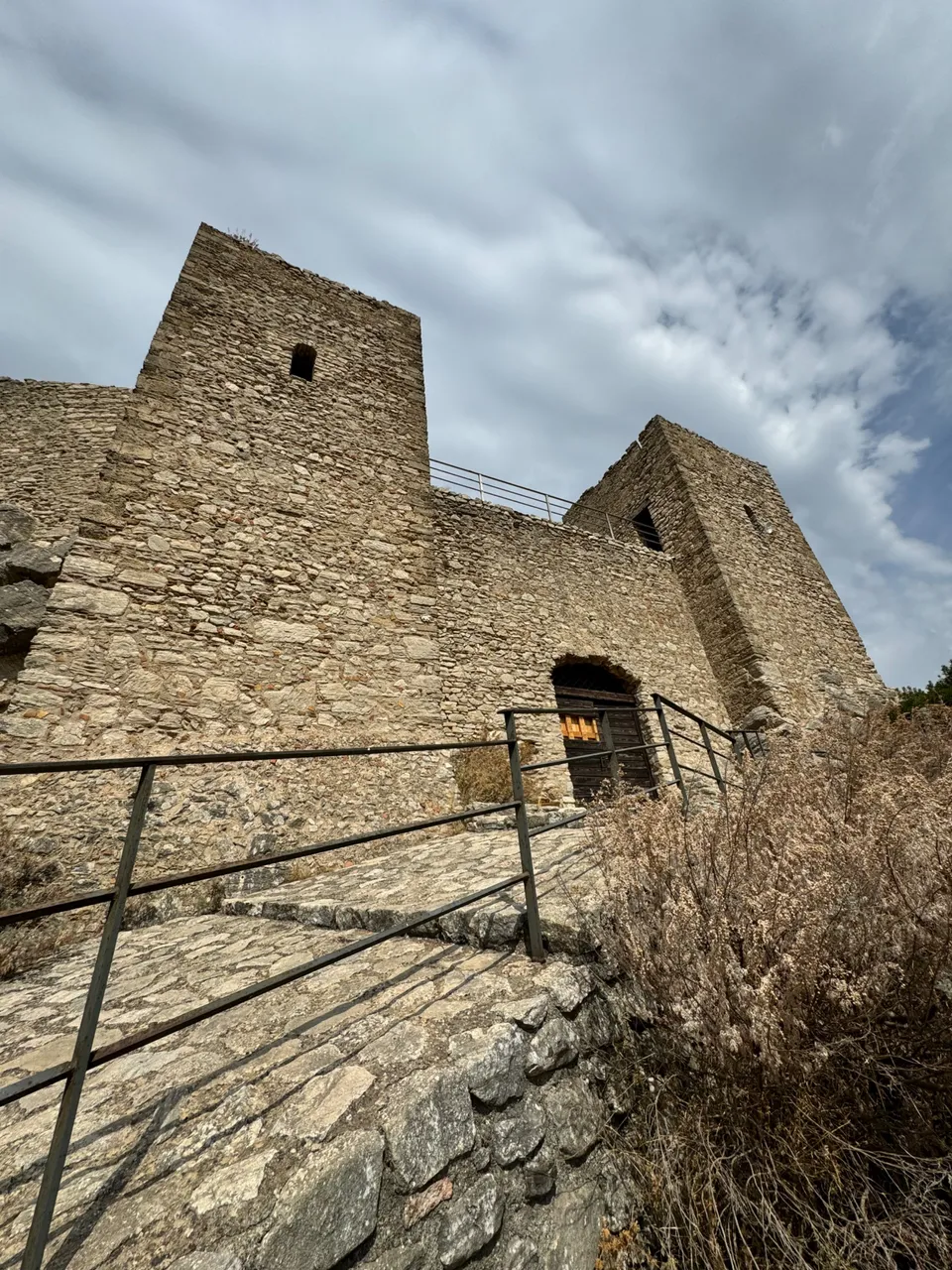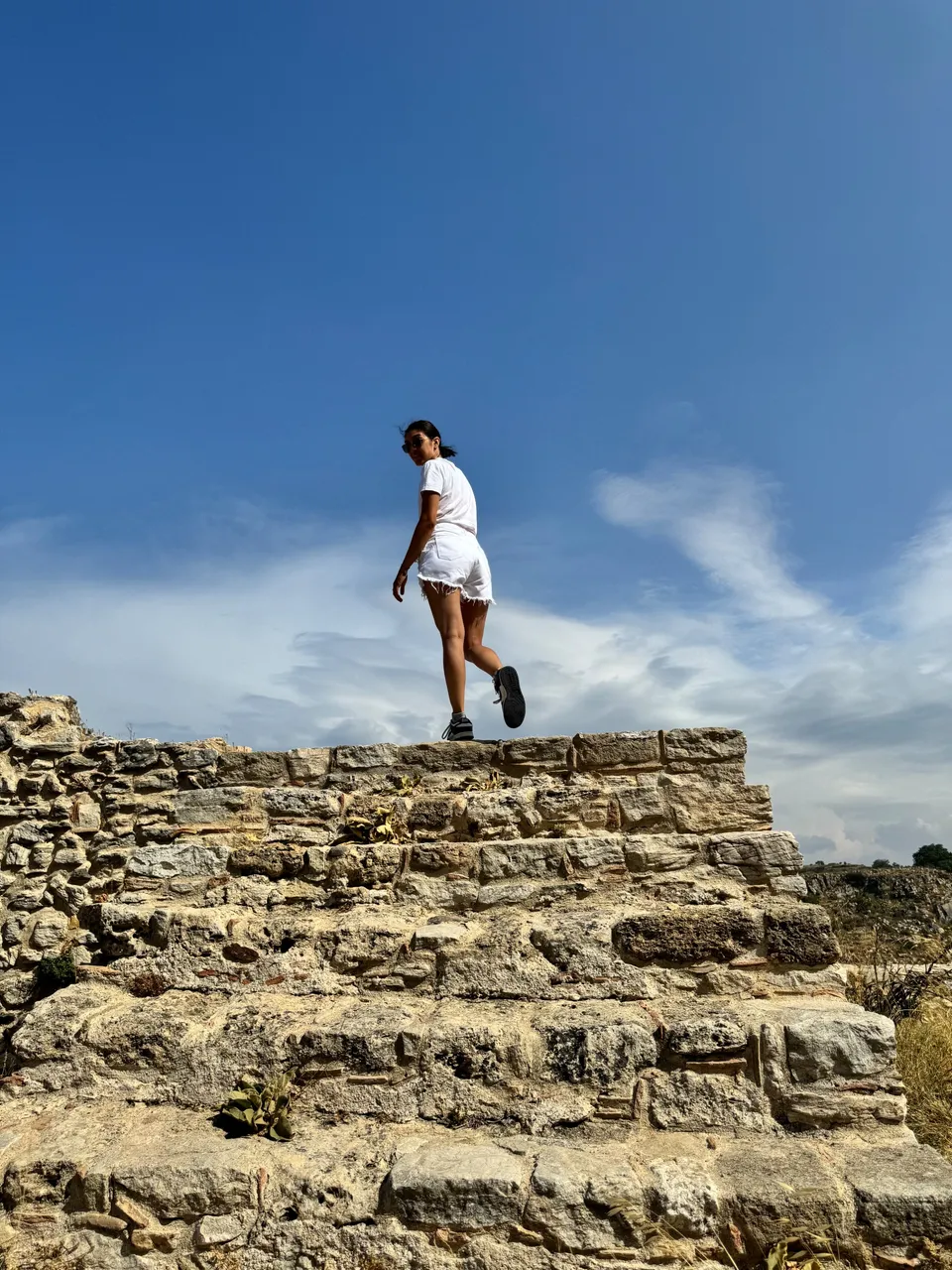ENG/ITA
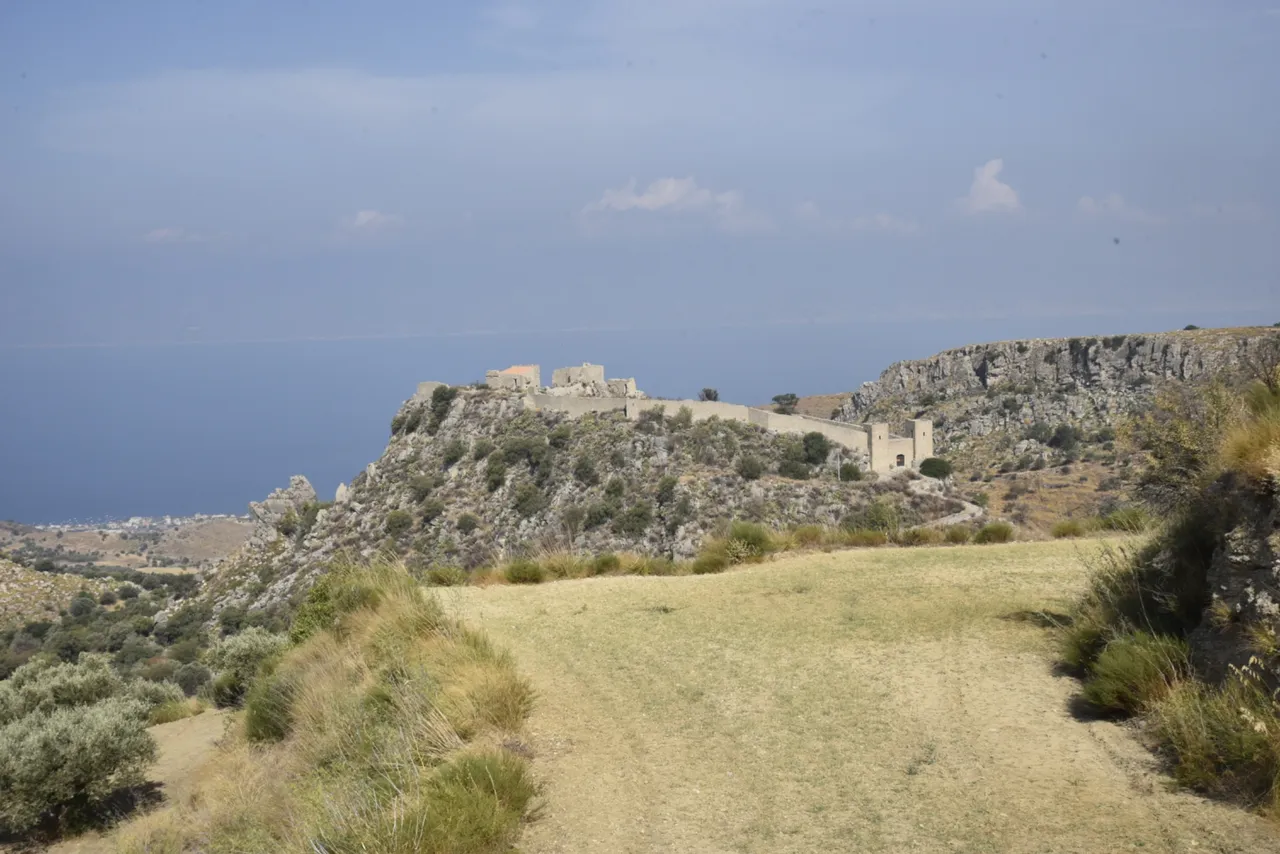
Dear friends of hive,
Ready for a new post?
I’m off on vacation, and I’m looking for new places to show you.
Just today I visited a castle of the eleventh century, located in Motta San Giovanni, a small village in the province of Reggio Calabria, in southern Italy.
Are you ready to see this little gem lost in the mountains of Aspromonte?
Cari amici di hive,
pronti per un nuovo post?
Sono partita per le vacanze, e sto cercando nuovi posti da potervi mostrare.
Proprio quest’oggi ho visitato un castello dell’XI secolo, si trova a Motta San Giovanni, un piccolo paesino in provincia di Reggio Calabria, nel sud Italia.
Siete pronti a vedere questo piccolo gioiello sperduto tra le montagne dell’Aspromonte?
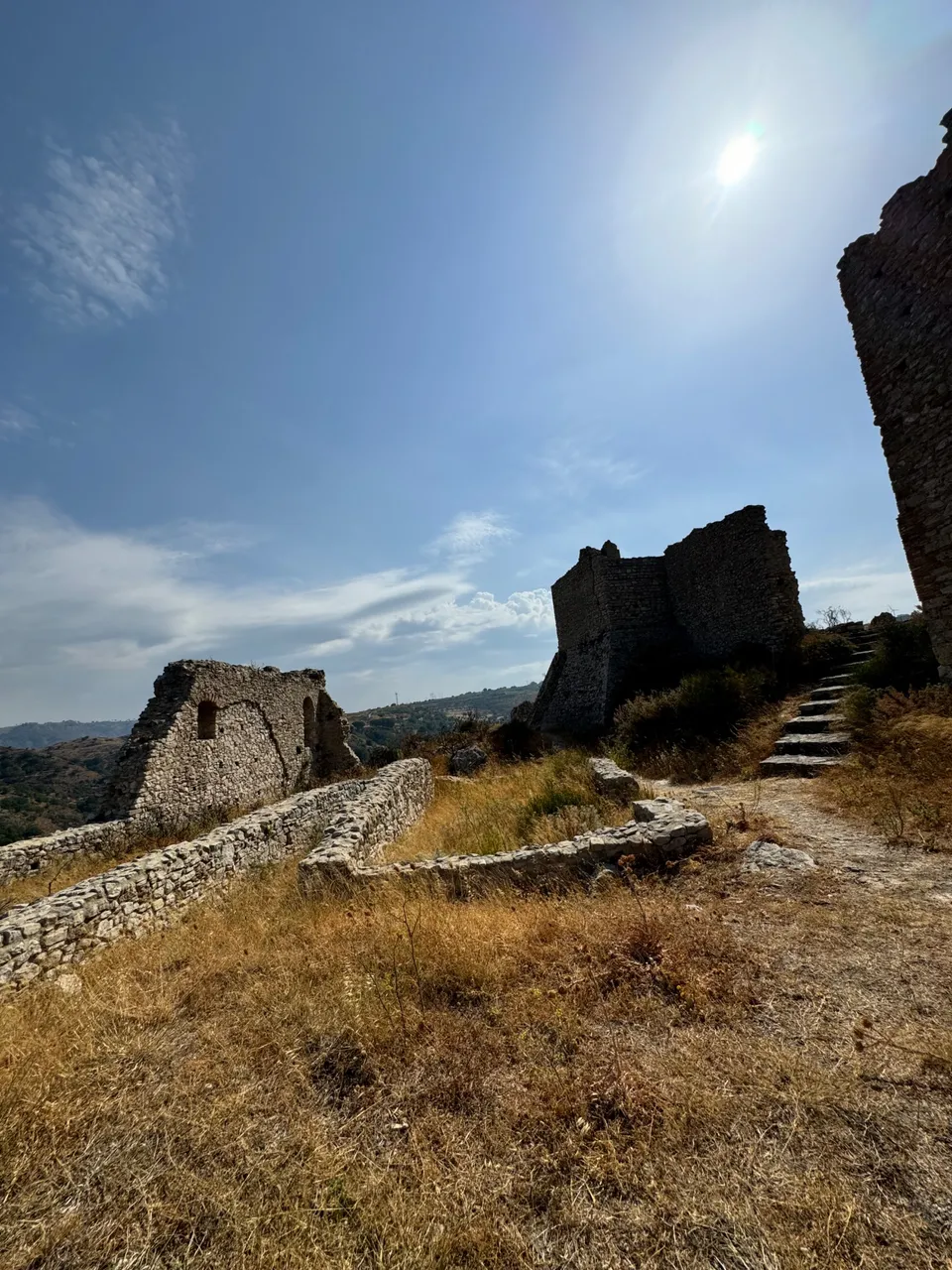
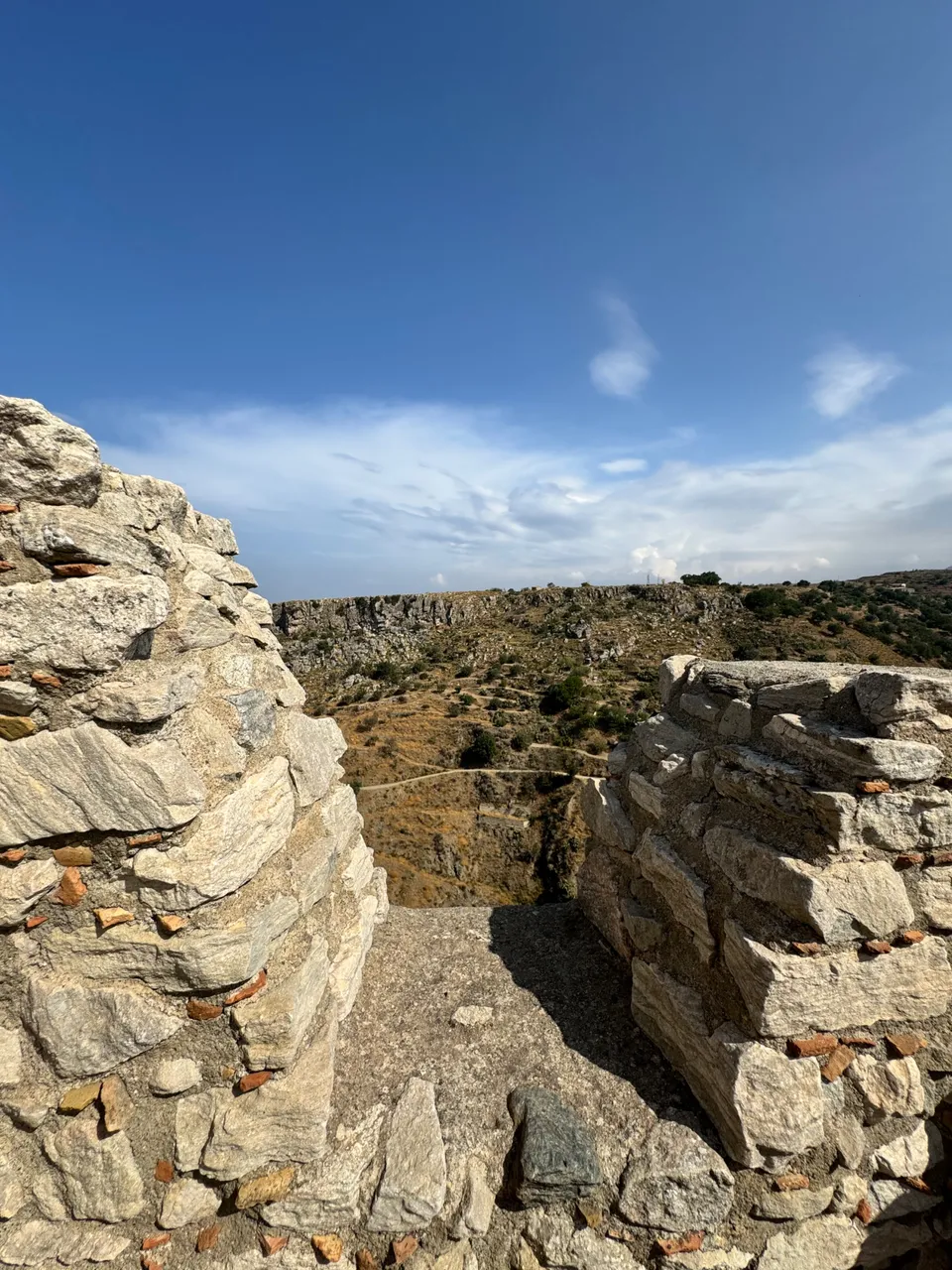
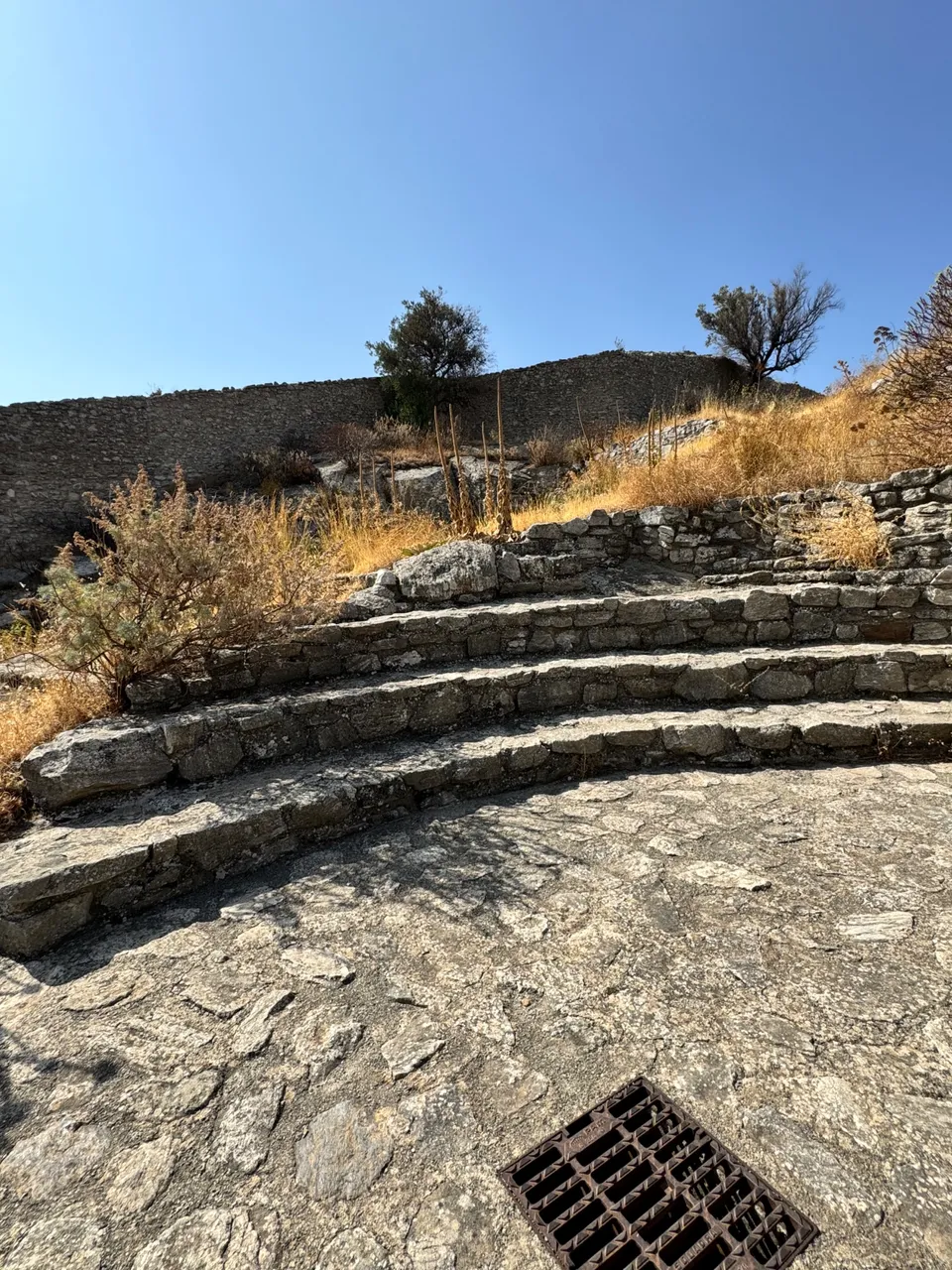
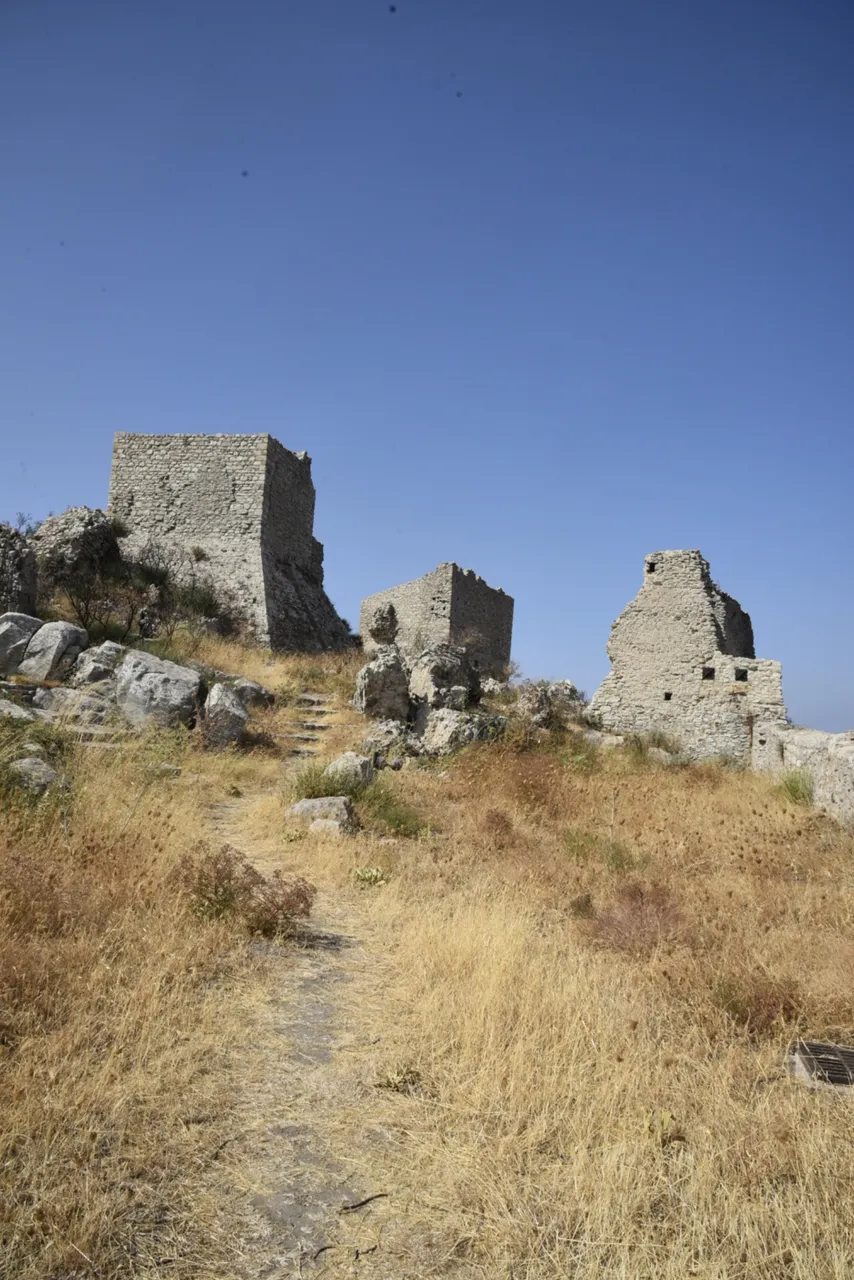
How to get to the Castle?
There is only one way to reach the medieval fortress, you have to be very careful because it is a very narrow road and in the middle of the mountains with many ascents and descents. Pass through the center of Motta San Giovanni and continue following the signs. Once you arrive you can park your car and continue to the castle by climbing the steps on foot.
Do not be scared, the castle is unguarded, there are no guides or entrance tickets, to enter just push the door half-closed.
Come raggiungere il Castello ?
Vi è un’unica strada per poter raggiungere la fortezza medievale, bisogna stare molto attenti perchè si tratta di una strada molto stretta e in mezzo alle montagne con numerose salite e discese. Si passa per il centro di Motta San Giovanni e si prosegue seguendo le indicazioni. Una volta arrivati è possibile parcheggiare l’auto e proseguire per il castello salendo le gradinate a piedi.
Non vi spaventate, il castello è incustodito, non esistono guide o biglietti di ingresso, per entrare basta spingere il portone socchiuso.

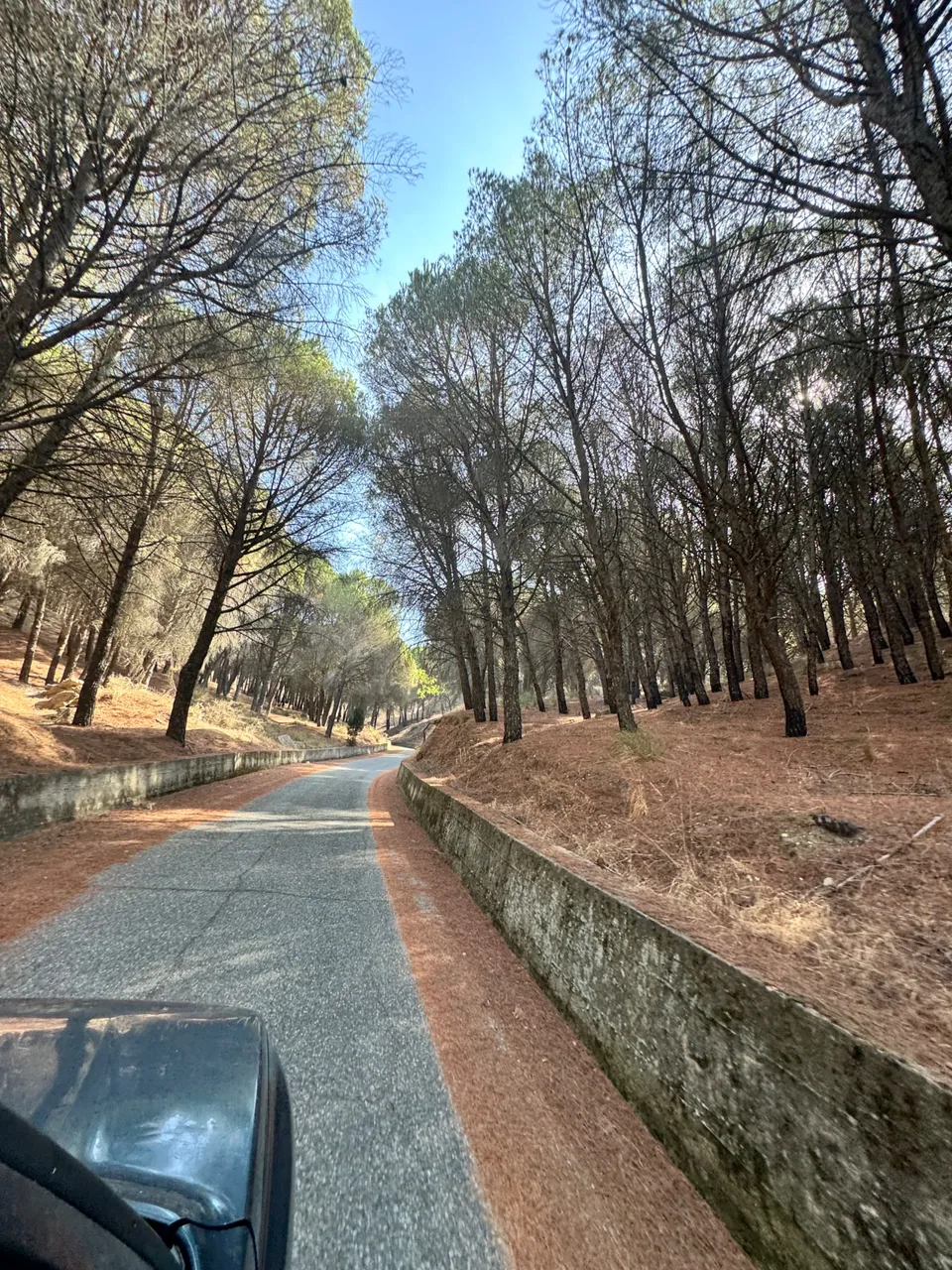
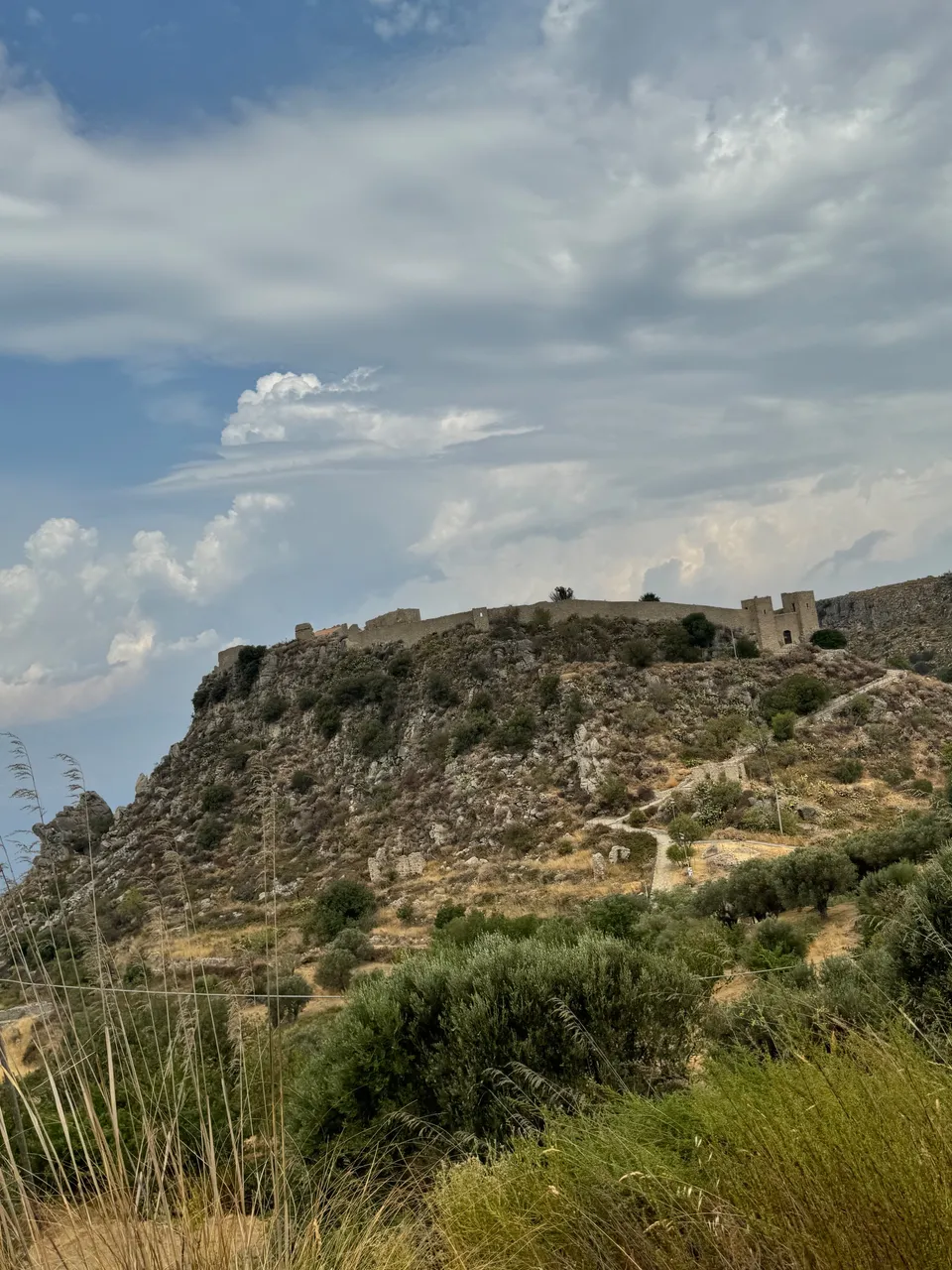
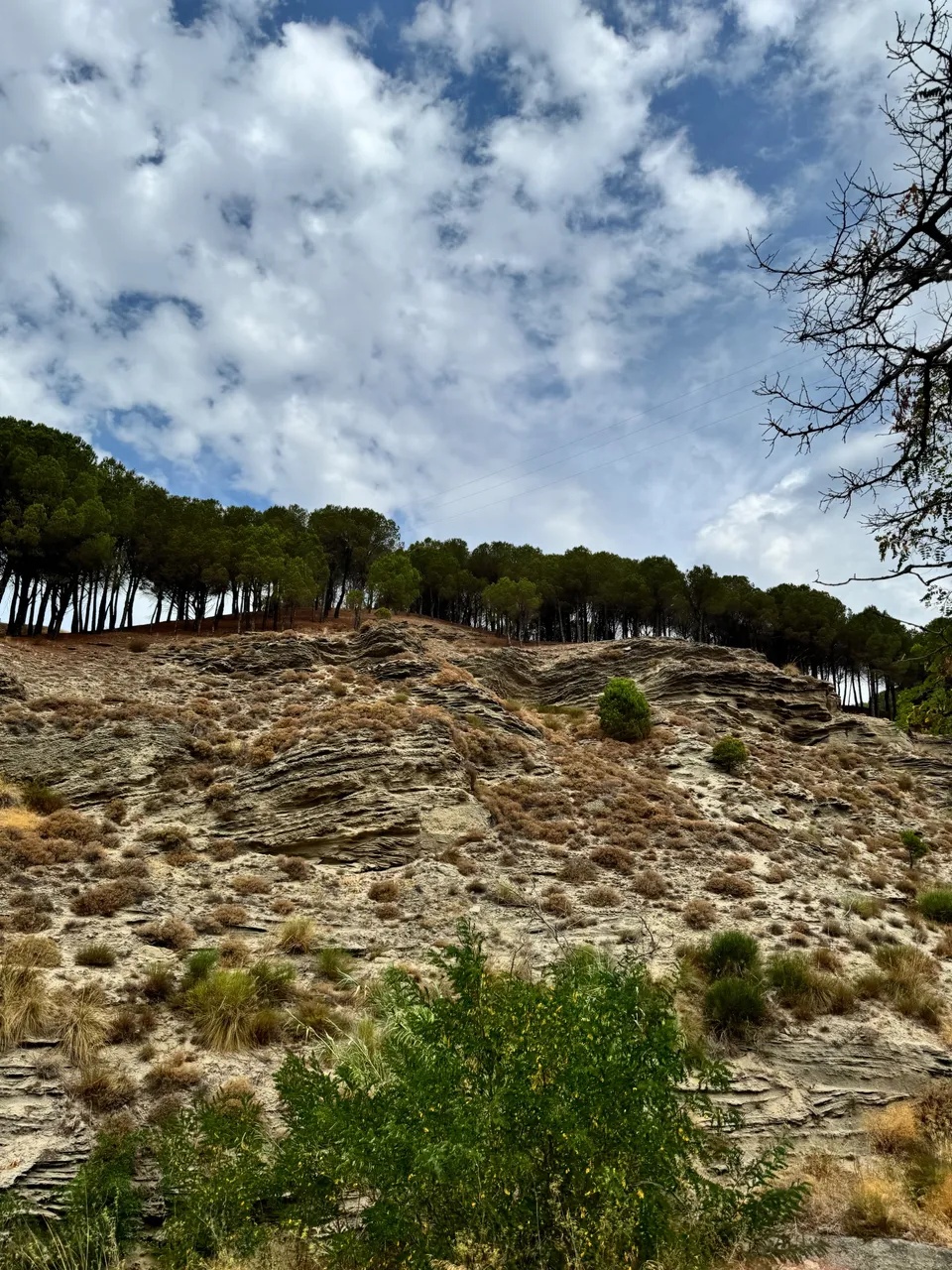
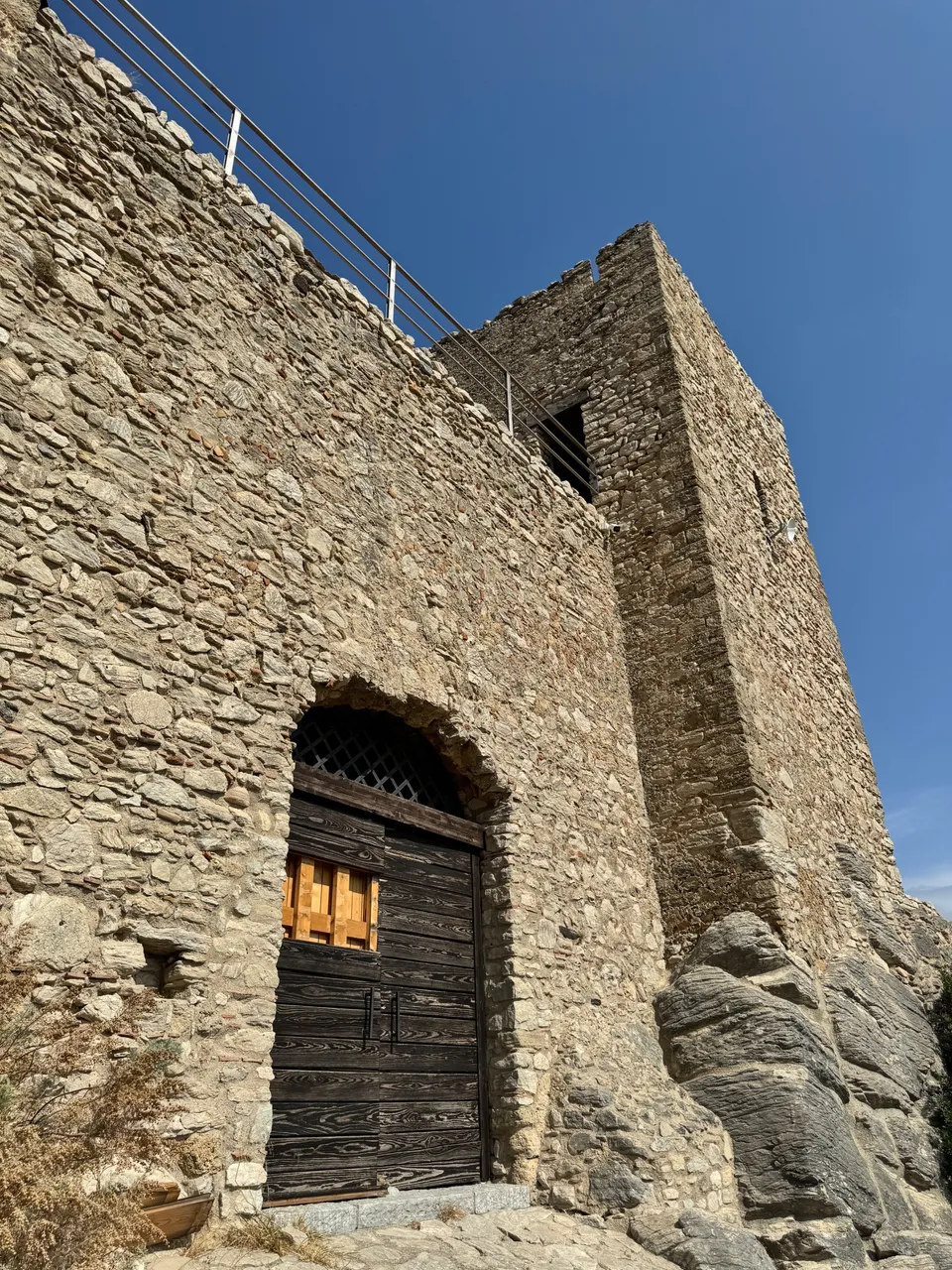
The history
The Castle of San Niceto is a Byzantine fortification, built around 1000 A.D. on this mountain ledge of the Aspromonte so that it could have control over the dominations of Reggio Calabria and neighboring countries. The strategic position allowed the control of both invaders coming from sea, and those arriving from land, and it was thus possible to prepare for the defense of their territories.
During the Byzantine era it was used to protect goods from looters, especially silk that came from Constantinople, capital of the Byzantine Empire.
It passed from hand to hand because of the continuous wars and always performed its function as a fortified fortress.
La storia
Il Castello di San Niceto è una fortificazione di età bizantina, costruita intorno al 1000 d.C. su questa sporgenza montuosa dell’Aspromonte così da poter avere controllo sulle dominazioni di Reggio Calabria e dei paesi limitrofi. La posizione strategica consentiva il controllo sia degli invasori che arrivavano da mare, sia di quelli che arrivavano da terra, ed era così possibile prepararsi per la difesa dei propri territori.
Durante l’epoca bizantina veniva utilizzata per proteggere le merci dai saccheggiatori, soprattutto la seta che proveniva da Costantinopoli, capitale dell’impero bizantino.
Passò poi di mano in mano a causa delle continue guerre e svolse sempre la sua funzione di fortezza fortificata.
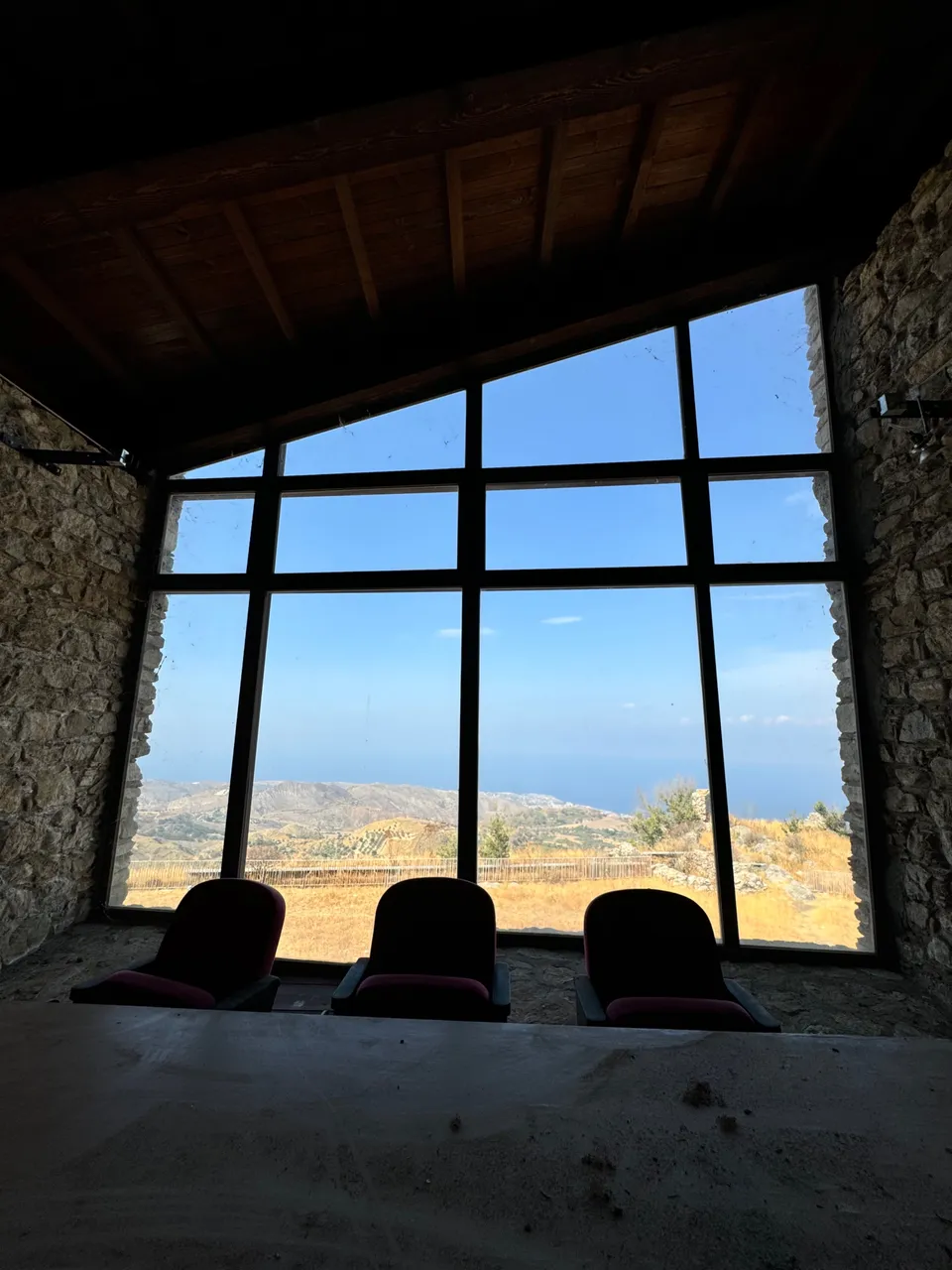
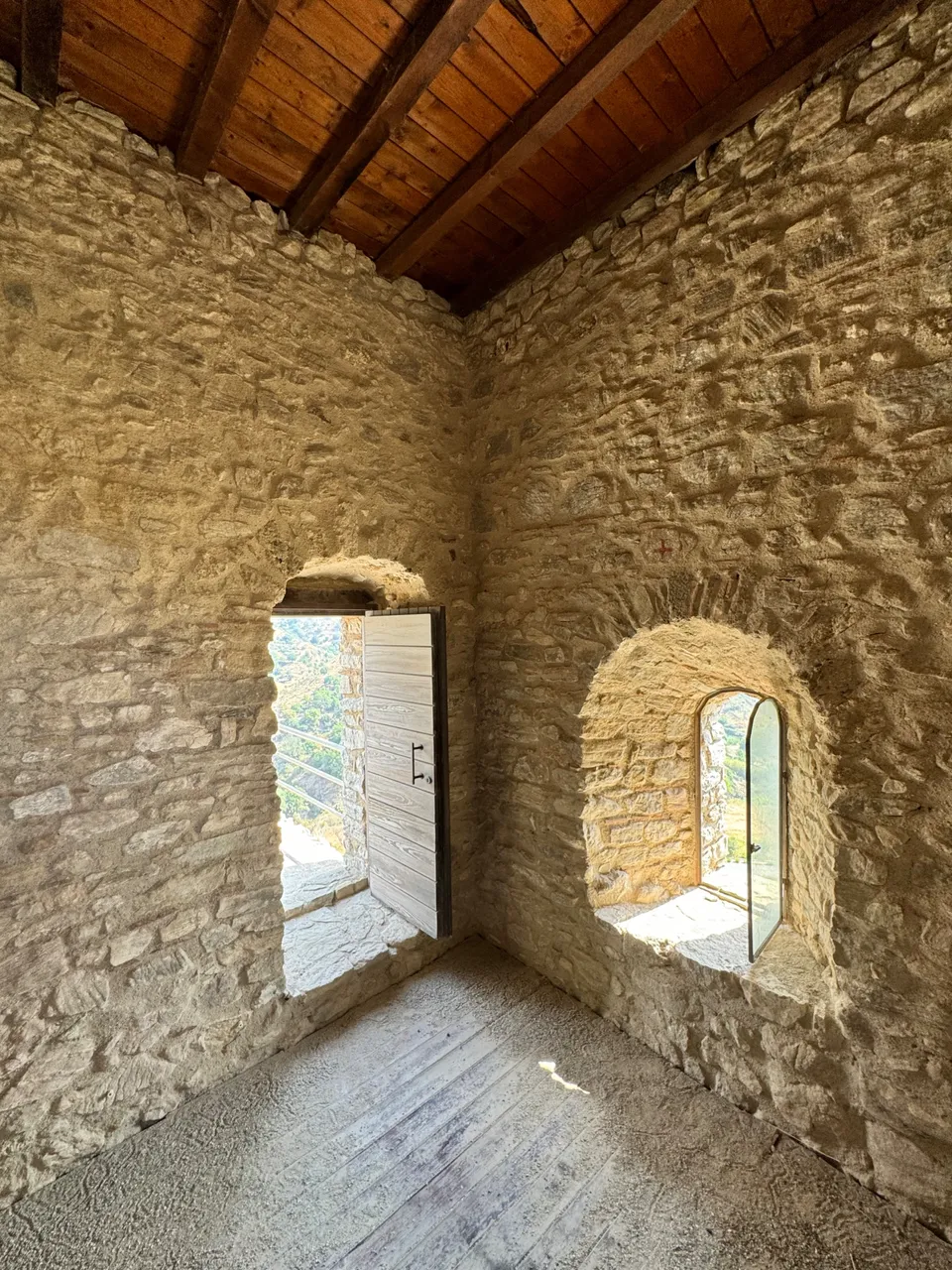
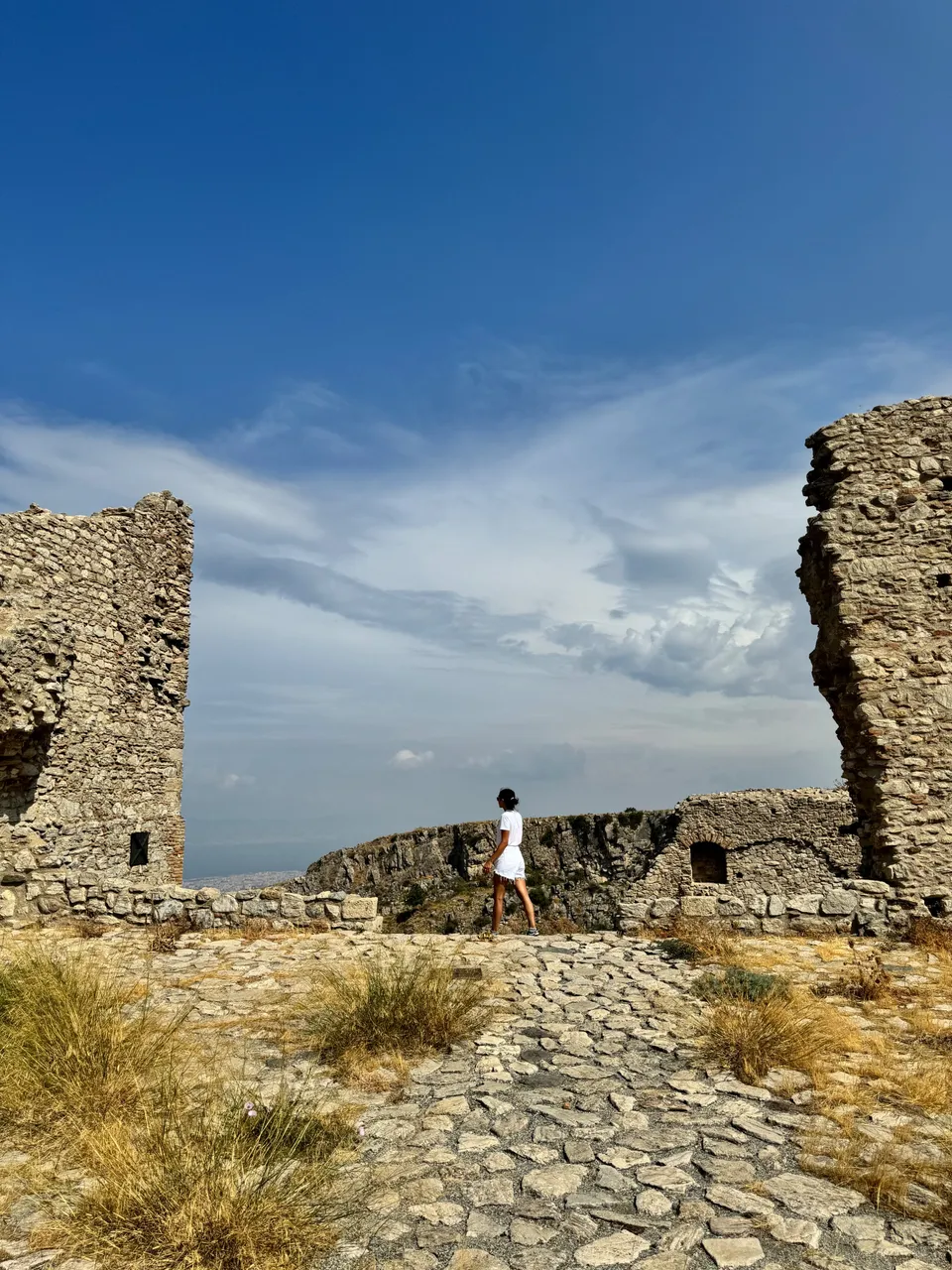
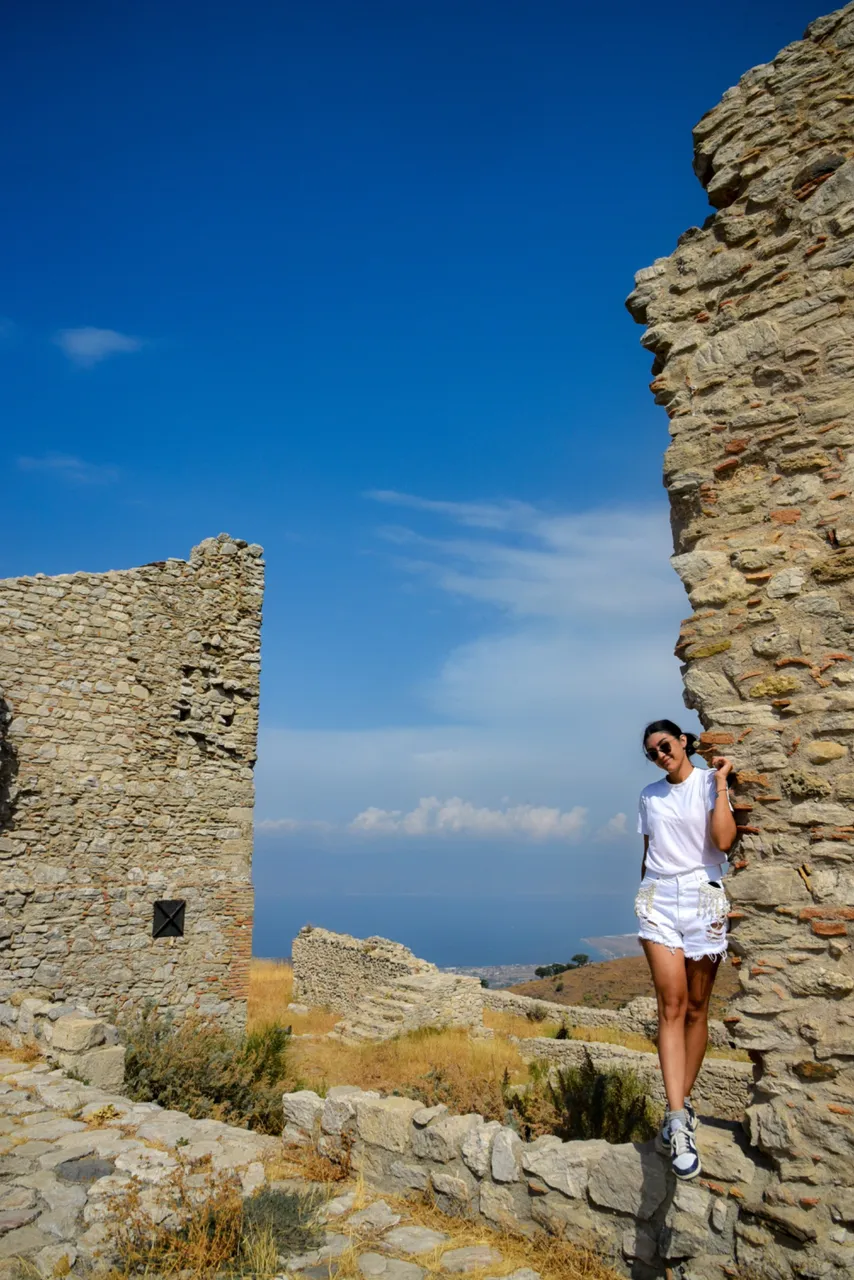

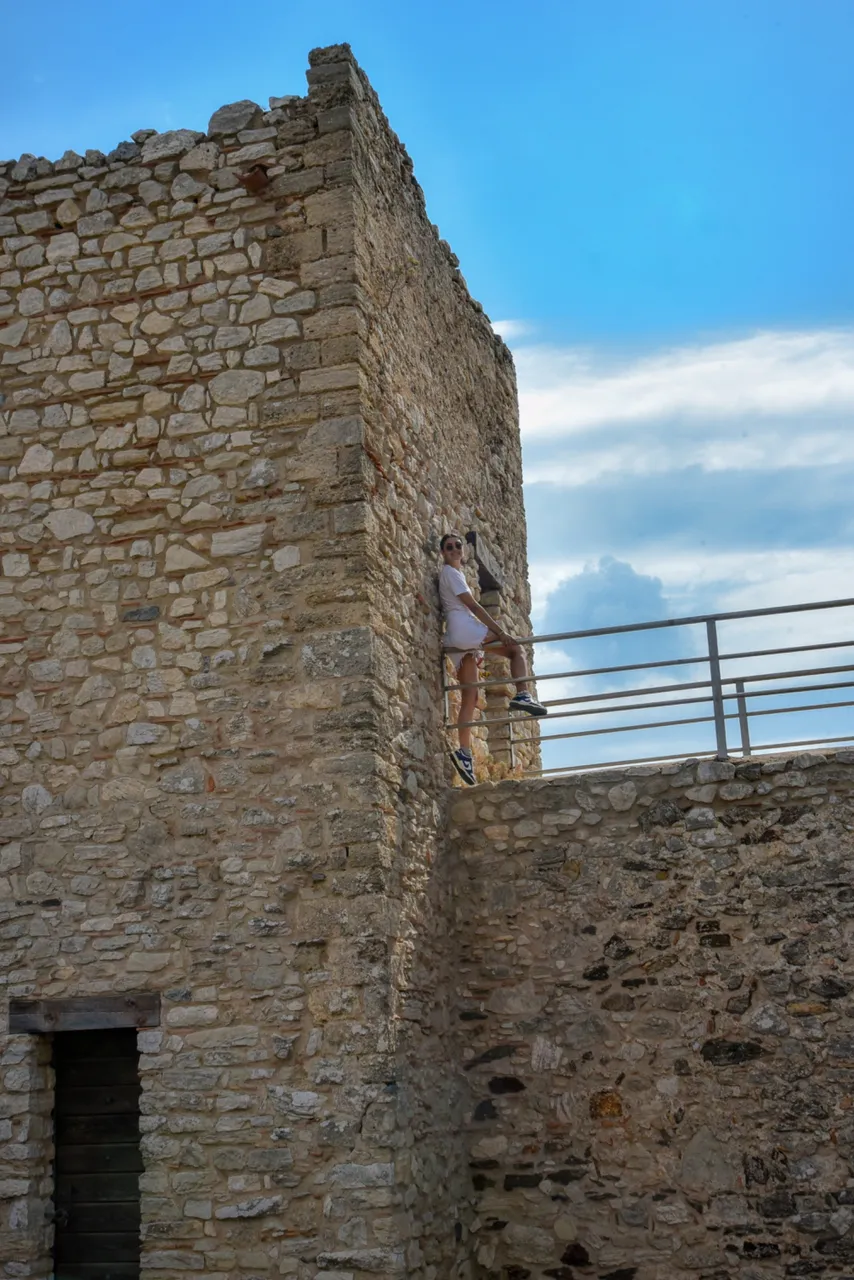
Its plan is irregular, reminiscent of the shape of a ship, with the stern towards the sea and the bow towards the mountain. At the entrance are two large square towers with a wide gate rebuilt in modern times. The entrance is reached by a staircase of steps at the base of which is a small church. Of this church you can see the apse with a typical fresco of the Byzantine culture.
Unfortunately the conservation is not the best. In fact part of the fresco is lost, the depiction is that of a Christ in glory, portrait majestic and glorious on a throne.
La sua pianta è irregolare che ricorda la forma di una nave, con la poppa verso il mare e la prua verso la montagna. All’ingresso si trovano due grandi torri quadrate con un ampio portone rifatto in epoca moderna. L’ingresso si raggiunge tramite una scalinata di gradini alla base della quale si trova una piccola chiesetta. Di questa chiesetta è possibile vedere l'abside con un affresco tipico della cultura bizantina.
Purtroppo la conservazione non è delle migliori infatti parte dell’affresco si sta perdendo, la raffigurazione è quella di un Cristo in gloria, ritratto maestoso e glorioso su un trono.


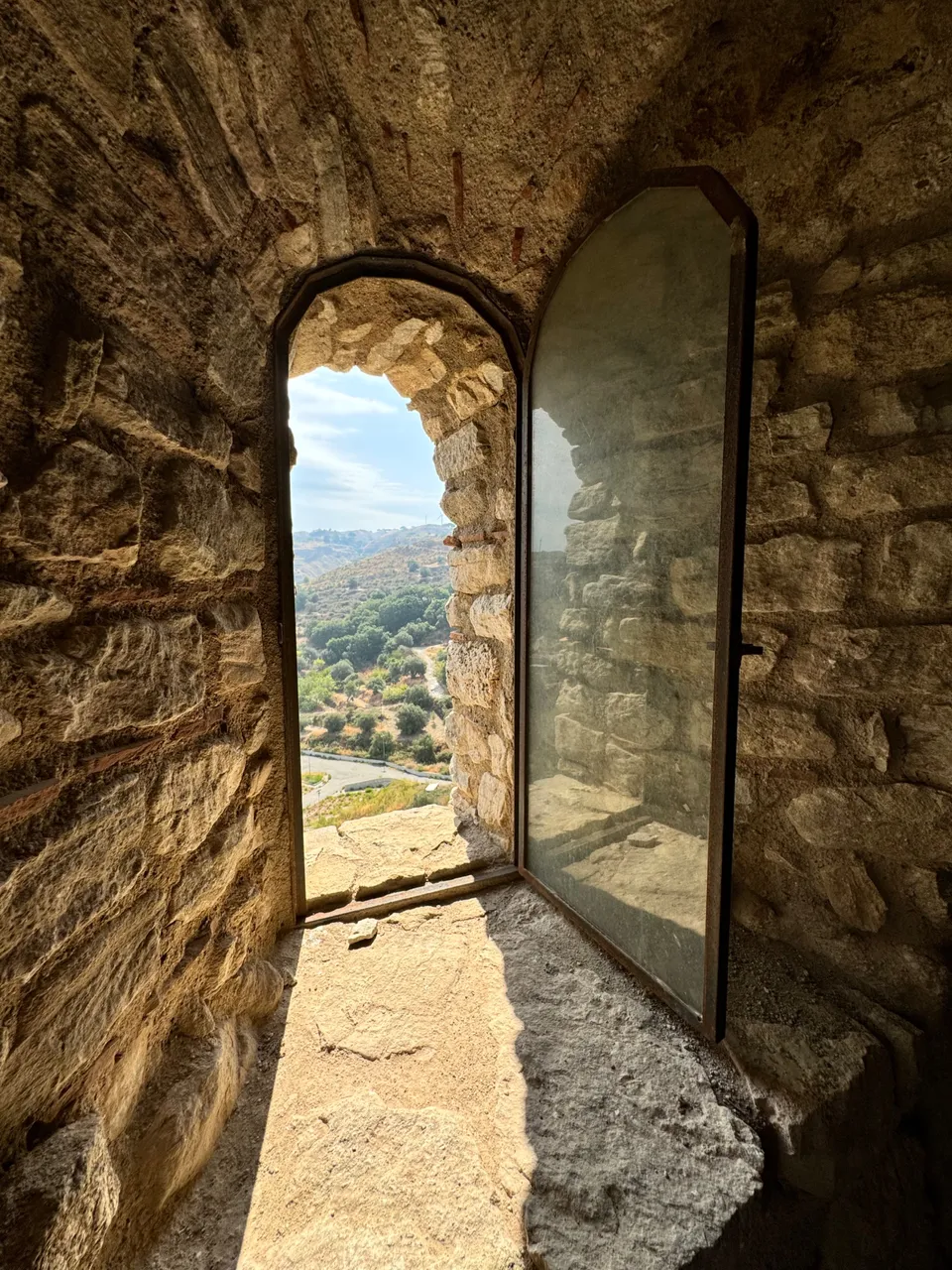


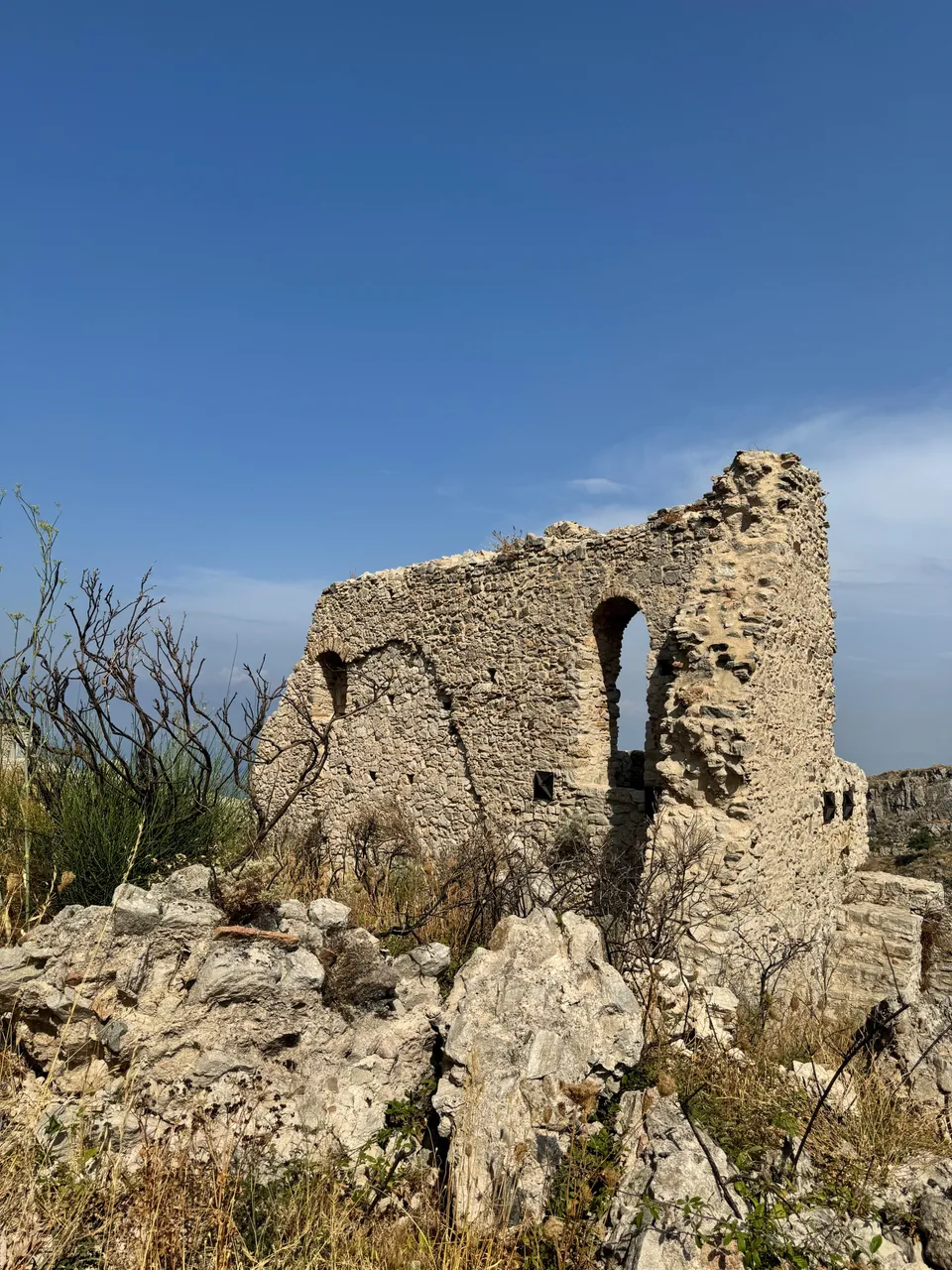
Obviously this state of abandonment of the structure does not allow the proper conservation and at the same time use by tourists. It would also be interesting to carry out an archaeological site assessment.
If you are in the area I recommend a visit to this lost complex, and if you are interested in other interesting places in Calabria I suggest you look at the previous posts on Gerace and Pentedattilo.
To the next trip
Claere
Al prossimo viaggio
Claere
